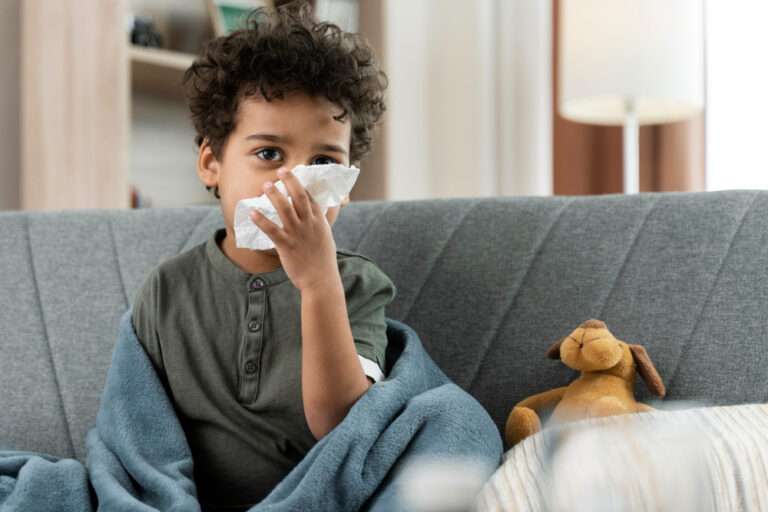Urinary Tract Infections (UTIs) in children
Urinary tract infections (UTIs) can occur in children, although they may present differently than in adults. UTIs involve an infection in any part of the urinary system, which includes the kidneys, bladder, ureters, and urethra. Here are key points to understand about UTIs in children:
Common Causes:
- UTIs in children are often caused by bacteria, most commonly Escherichia coli (E. coli), which can enter the urinary tract and multiply.
Symptoms:
- Symptoms of UTIs in children can vary depending on their age and the part of the urinary tract affected. Common signs and symptoms include:
- Frequent urination.
- Pain or burning during urination.
- Urgency to urinate.
- Foul-smelling urine.
- Abdominal pain or discomfort.
- Fever.
- In infants, symptoms may include irritability, feeding difficulties, or unexplained fever.
Diagnosis:
- A healthcare provider will diagnose a UTI in a child based on a physical examination, a review of symptoms, and laboratory tests such as a urinalysis and urine culture.
- It’s essential to promptly diagnose and treat UTIs in children to prevent complications.
Treatment:
- UTIs in children are typically treated with antibiotics prescribed by a healthcare provider.
- The choice of antibiotic and the duration of treatment depend on factors like the child’s age, the severity of the infection, and the specific bacteria causing the UTI.
- It’s crucial to complete the entire course of antibiotics as prescribed.
Causes and Risk Factors:
- Factors that can increase the risk of UTIs in children include:
- Female gender (girls are more prone to UTIs than boys).
- Congenital urinary tract abnormalities.
- Incomplete bladder emptying (such as from constipation or structural issues).
- Delayed potty training.
- Vesicoureteral reflux (VUR), a condition where urine flows backward from the bladder into the ureters and sometimes into the kidneys.
Prevention:
- To help prevent UTIs in children, consider the following:
- Ensure proper hygiene during diaper changes in infants and toddlers.
- Encourage frequent bathroom breaks and complete bladder emptying.
- Teach girls to wipe from front to back after using the toilet.
- Encourage good hydration and drinking plenty of fluids.
- Identify and address any underlying conditions or structural abnormalities that may contribute to UTIs.
Complications:
- UTIs, if left untreated or recurrent, can lead to more severe kidney infections (pyelonephritis) and potential kidney damage.
Follow-Up:
- Children with UTIs may require follow-up with a healthcare provider to monitor their response to treatment and to investigate any underlying causes, especially in cases of recurrent UTIs.
Urinary tract infections in children are common and typically respond well to appropriate treatment with antibiotics. Prompt diagnosis and treatment are essential to prevent complications and provide relief from symptoms. Parents and caregivers should seek medical attention if they suspect a UTI in their child, especially if the child has a fever or recurrent UTIs.
Testing

------------From our Sponsors------------









